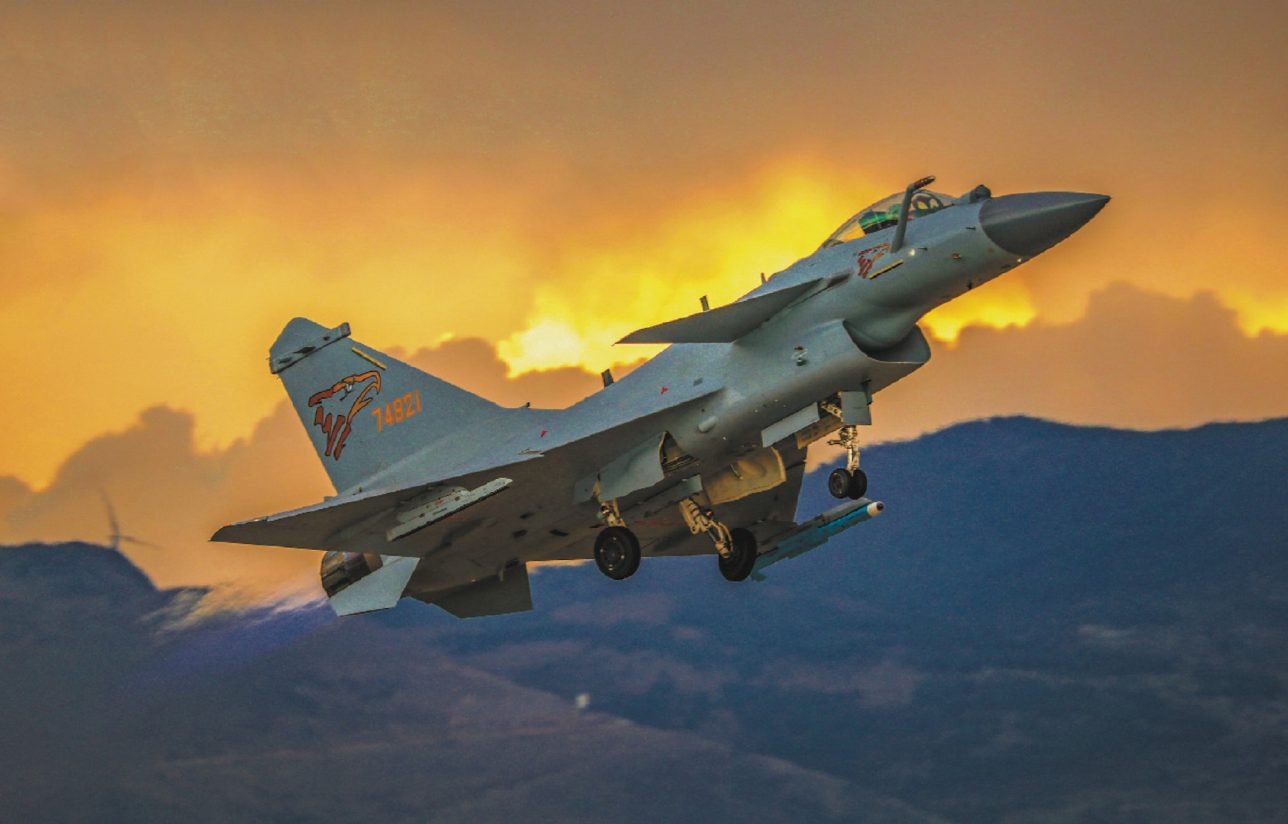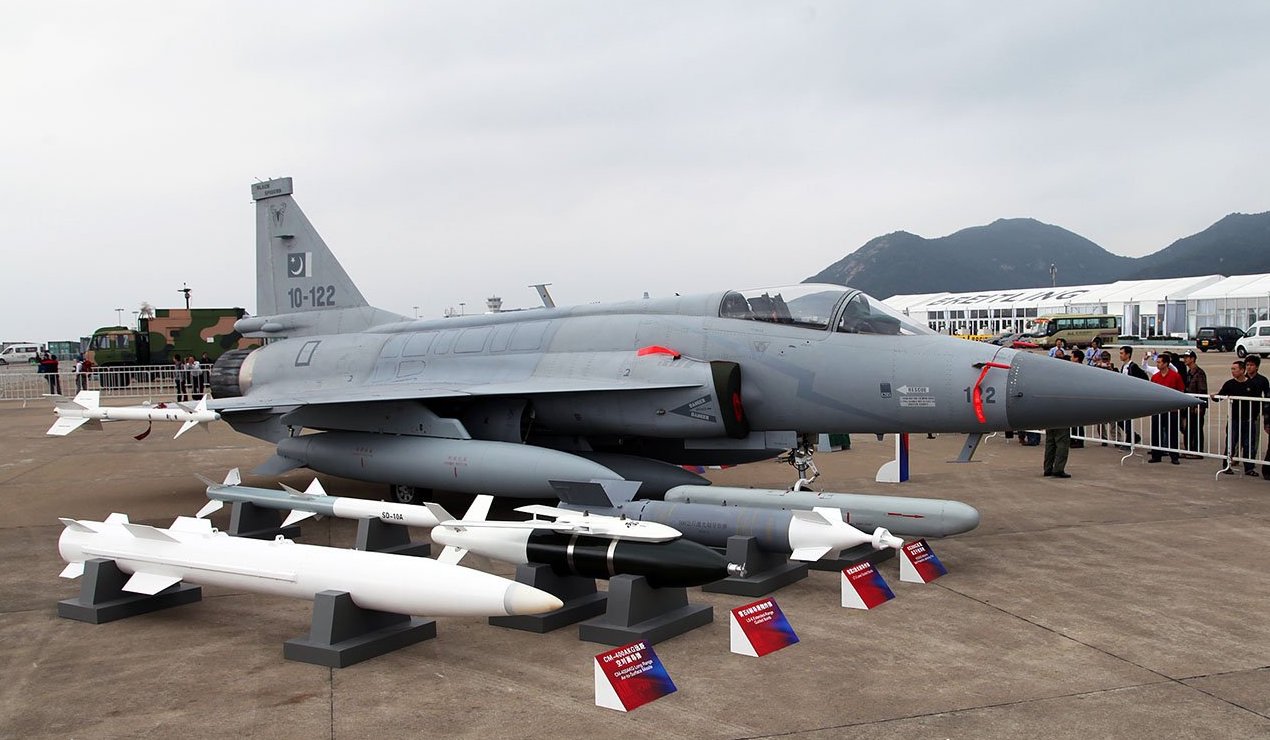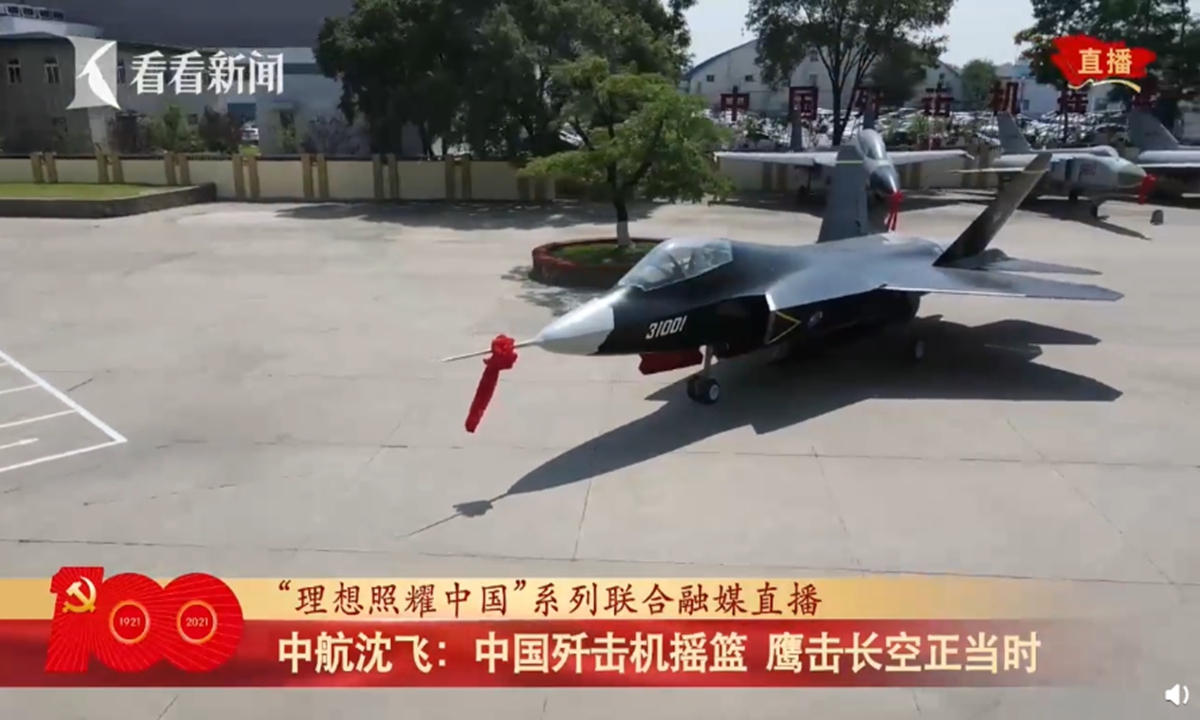If anything, the news of Pakistan buying 25 China-made J-10C fighter jets in response to India’s Rafale aircraft acquisition proves Islamabad’s increasing importance as an export market for the Chinese military products. However, if one goes by the seasoned military analysts, it does not necessarily augment the military prowess of Pakistan against India.
Despite all its tall claims, experts doubt the quality of the Chinese arms and weapons, given the overall fall in China’s global market share of arms exports. Besides the hidden costs, including the political ones, Chinese weapons are seemingly losing their charms as they remain largely untested in real combats, unlike the western systems that have proven their worth on battlefields.
According to the Stockholm International Peace Research Institute (SIPRI), China is the fourth biggest exporter of arms, the US, Russia, and France being the first, second and third respectively. Not long ago, China was exporting arms worth $3 billion to $4 billion a year, but that figure is now declining.
China’s Arms Exports
Incidentally, SIPRI has a unique system of measuring arms exports in terms of what it says TIV (trend-indicator values) that does not directly measure the financial value of an arms sale in a specific currency; instead, it allows for comparisons between countries and across time.

Accordingly, from 2010 to 2020, China exported nearly 16.6 billion TIV worth of conventional weapons across the globe, averaging 1.5 billion TIV per year. But in 2020, China’s exports dropped to just 759 million TIV – the lowest level since 2008.
SIPRI says that arms sales from China during 2016-2020 were 7.8% lower than the previous five-year span. In market share terms, China’s arms exports shrank from 5.6% to 5.2%.
Of course, it can be argued that the sharp fall in Chinese exports needs to be seen in the context of a broader 16 percent global fall in arms exports, which, in turn, could be attributed to the economic fallout of the Covid-19 pandemic.
But that does not explain why China, despite its persistent claims of producing new, powerful and quality missiles, fighter planes, submarines, and battleships paled as an arms exporter in comparison to that of the United States and Russia.
It is said that the US exported a massive 105 billion TIV from 2010 to 2020 – more than six times the Chinese total and Russia exported 70.5 billion TIV or about four times as much as China.
Key Buyers Of Chinese Weapons
In one area of arms exports though, China seems to have done better than its competitors. And that is in the area of armed unmanned aerial vehicles (UAVs), commonly known as drones. Its major customers in this regard happen to be Myanmar, Iraq, Pakistan, Saudi Arabia, and the United Arab Emirates.

In any case, the skewed nature of the Chinese exports lies in the fact that the lion’s share — nearly 80 percent — goes only to a few select countries in Asia. An additional 17 percent flows into Africa, and the remaining 3 percent is marketed to other parts of the world. And out of this 80 percent of China’s conventional weapons sales since 2010, as much as 63.4 percent found their way to Pakistan, Bangladesh, and Myanmar.
Pakistan happens to be the largest recipient of Chinese arms. Since 2010, sales to Pakistan have averaged 586.9 million TIV per year. And these include joint collaborations in productions such as JF-17 aircraft and the Type 054AP frigate.
Between 2010 and 2020, China provided 2.6 billion TIV of weapons to Bangladesh. This, it is said, constituted 73.6 percent of Bangladesh’s foreign military acquisitions over this period, making China the biggest supplier of arms to Dhaka.
China supported these procurements through generous loans and competitive prices, including discounted acquisitions (the 2013 transfer of two used Type-035G Ming-class submarines to Bangladesh for just over $100 million each). Since 2006, China has also supplied Bangladesh with the majority of its small arms, totaling over 16,000 rifles and 4,100 pistols.
Myanmar is the third-largest market for Chinese arms exports in Asia. Since 2013, Myanmar has imported 970 million TIV in conventional weapons from China such as 17 JF-17 aircraft, 12 Rainbow UAVs, 2 Y-8 transport aircraft, 2 Type-43 frigates, and 76 Type-92 armored vehicles.
Cheaper Price, Flexible Payment Options
It is obvious that there has been as much politics as economics behind these countries preferring the Chinese arms. Many of them have troubled relations with leading Western exporters like the US, France, and Germany. They not only find the Chinese arms cheaper but also get other incentives such as gifts, donations, and flexible payment options.
Chinese arms also tend to carry fewer end-use restrictions and are monitored less rigorously than competitors’ arms exports, a factor that attracts customers with less access to other sources of military equipment because of political or economic reasons. And these are the things even Russia, another big exporter, cannot afford, hard-pressed as it is now to get hard currency for its products.

To China, all this suits well as arms transfers happen to be a major component of its foreign policy, used in conjunction with the larger goal of “securing access to natural resources and export markets, promoting political influence among host country elites, and building support in international forums”.
And what is more important, countries that buy Chinese weapons seldom use the arms they get from Beijing as they are not at war. So, they hardly complain about their poor quality, if any.
But all this does not hide the question marks over the quality of the Chinese arms. In fact, there is the case of the Royal Jordanian Air Force that had put six Chinese-made CH-4B Pterosaur drones up for resale two years ago.
Reverse-Engineering And ‘Cloning’
All told, despite accumulating more advanced weapons in recent years, China has a large amount of older and more outdated equipment built using technology from the former Soviet Union. Even some of its modern weapon systems are based on reversed reengineering of the products of competitors. So much so that it is said that “China’s military is built with cloned weapons”.
It is said that China’s copycat business of arms production has been encouraged by its ruling elites who seem content to allow other nations to develop products and technology which they can then acquire legitimately through licensing or illegitimately through counterfeiting and espionage.
This approach allows China to stay competitive on the world stage while saving them the time and money it would cost to develop their own products.

Bleeding edge US aircraft including the Lockheed Martin F-35 Joint Strike Fighter and Northrop Grumman X-47B unmanned combat air vehicle (UCAV) have Chinese counterparts that are remarkably similar. Shenyang J-31 (FC-31) is identical to F-35.
Some of the technology used in its design was allegedly acquired through a vigorous Chinese cyber-spying campaign. US Defense officials are said to be convinced that Chinese military hackers undertaking “technical reconnaissance” have succeeded in pilfering highly classified documents on a number of occasions.
They also suspect that China has managed to obtain valuable technical advances by making backroom deals with US allies that bought American weapons. It is for this reason that the US decided not to export the Lockheed Martin F-22 Raptor stealth fighter.
In this game of cloning, the Chinese are also said to have not spared the Russians. After the collapse of the Soviet Union, Russia was in need of money and held a fire sale of its state-of-the-art Sukhoi Su-27 fighter. Analysts point out how China bought two dozen of the fighters but later negotiated for a license to assemble additional planes domestically using key components imported from Russia.

Within a few years, China claimed that the fighter no longer met their needs and canceled the contract. To the fury of the Russians, the Chinese soon debuted the indigenously built and equipped Shenyang J-11B fighter that looks identical to the Su-27.
In other words, when Russia used Chinese money from arms sales to develop new technology, China went ahead by stealing Russian technology. China has reversed-engineered Russian weapons to produce their own versions.
But can cloned weapons be as effective as the real ones? “I think the big issue with all Chinese weapons – including copies of western equipment – is that they remain untested in combat,” Eric Wertheim, author of U.S. Naval Institute’s “Combat Fleets of the World” and a naval analyst, has argued.
“We just don’t know how they will perform, so while they may be far less expensive than their western counterparts, many countries are understandably reluctant to take the risk of acquiring products that haven’t passed the ultimate test of combat. I expect that some of these systems are likely to perform as advertised while others may significantly underperform compared to their western counterparts,” according to Wertheim.
- Author and veteran journalist Prakash Nanda is Chairman of Editorial Board – EurAsian Times and has been commenting on politics, foreign policy on strategic affairs for nearly three decades. A former National Fellow of the Indian Council for Historical Research and recipient of the Seoul Peace Prize Scholarship, he is also a Distinguished Fellow at the Institute of Peace and Conflict Studies. CONTACT: prakash.nanda@hotmail.com
- Follow EurAsian Times on Google News




